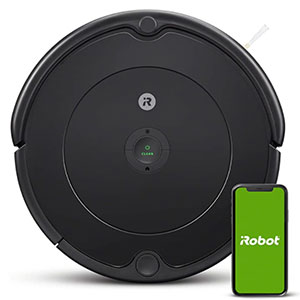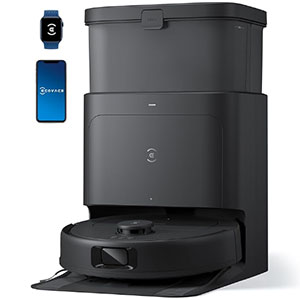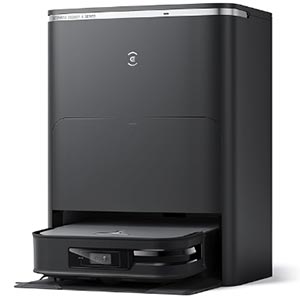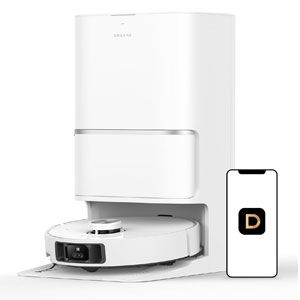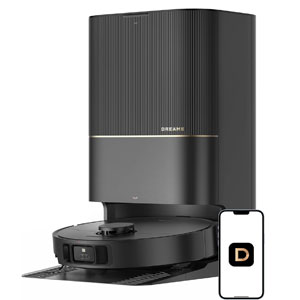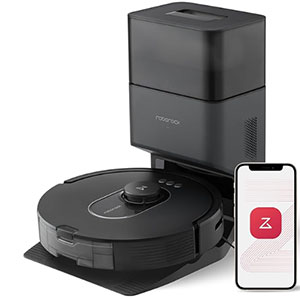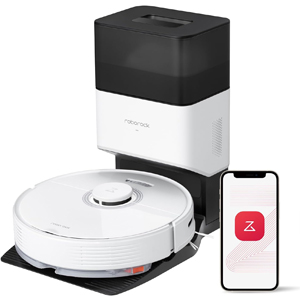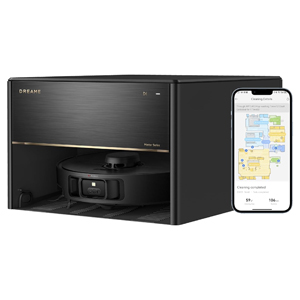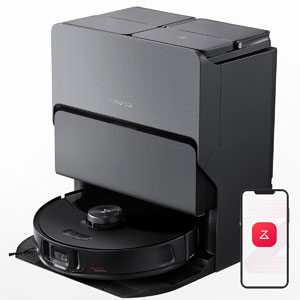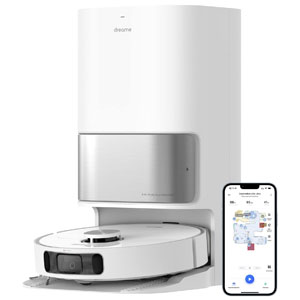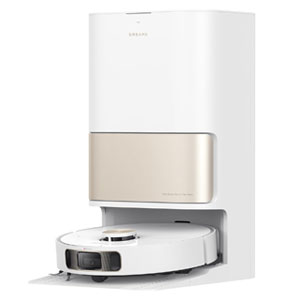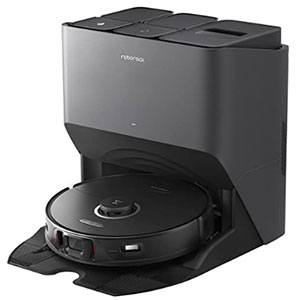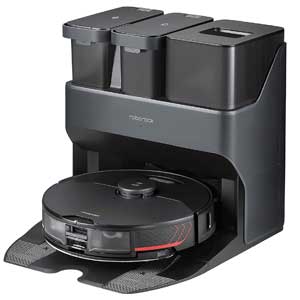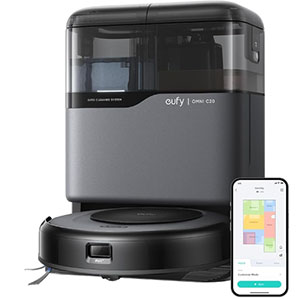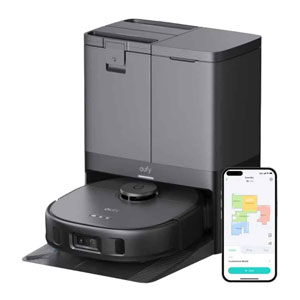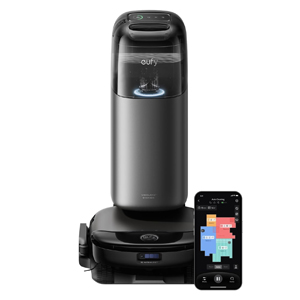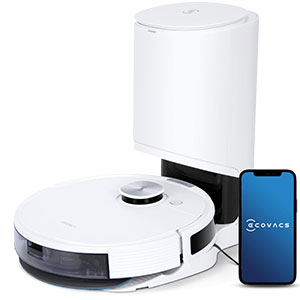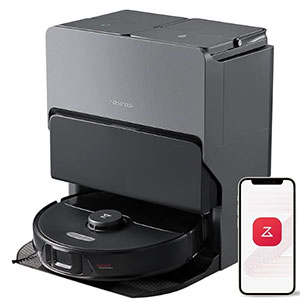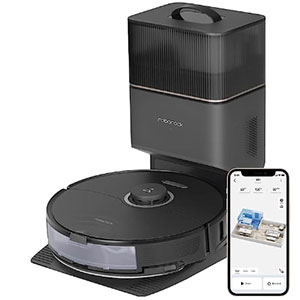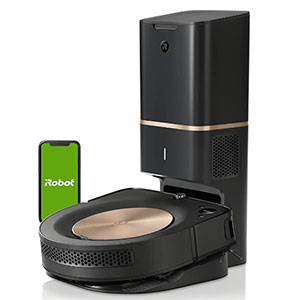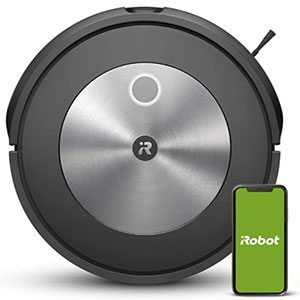Why is iRobot Roomba 692 better that iRobot Roomba 694?
Main Features parametrs
-
1
Cleaning Area450sq. ft. (9 points)
vs 120sq. ft. (2 points)
-
2
Dustbin Capacity350ml (45 points)
vs 350ml (45 points)
-
3
Estimated empty time-days (0 points)
vs days (0 points)
-
4
Noise Level64dB (86 points)
vs 64dB (86 points)
-
5
Suction Power2800Pa (13 points)
vs Pa (0 points)
price comparison
Create Amazon Price Alert
Stay ahead of the deals with our Price Alert feature! Simply enter your email, and we’ll monitor the price of your chosen product. As soon as a discount is available, you’ll receive an instant notification so you never miss out on savings.
Average Price per Month
The chart displays prices for each month.
Data for the chart is sourced from public sources.
Which are the most popular comparisons?
User reviews
No reviews yet
Be the first. Use your experience to help others in the community make a decision.
Main Features
Suction Power
Cleaning Area
Noise Level
Dustbin Capacity
Estimated empty time
Dustbin Capacity (Dock)
Water Tank Capacity
Clean Water Tank (Dock)
Anti-Allergen System
Auto Dirt Disposal
Multi-floor Mapping
Edge Cleaning
Real-Time Mapping
Scheduled Cleaning
Self-Emptying Base
Surface Recommendation
Voice Control
Wet/Dry Cleaning
Type of charging station
Brand
Dirt Water Tank (Dock)
Cleaning System
Anti-Tangle Technology
Mopping Functionality
Carpet Boost
Brushroll
Auto Hot Water Mop Washing
Auto Refilling
Auto-lifting Mop
Downward Pressure
Main Brush
Number of mopping pads
Rotating Mop
Self Washing and Drying
Navigation systems
Navigation System
Cliff/Drop Sensors
Dirt Detection Sensors
Multi-Room Cleaning
Floor Type Detection
Obstacle Detection Sensors
Room Mapping Capability
Obstacle Avoidance
Connectivity & Control
Cleaning History
Compatible with Alexa
Compatible with Google Assistant
Real-Time Monitoring
Mobile App
Type Wi-Fi
Zone Cleaning via App
Wi-Fi
Auto-Return to Base
No-Go Zones
Smart Watch Control
Video Monitoring
Battery
Max Runtime
Charging Time
Battery Capacity
Auto Recharge & Resume
Energy Efficiency Mode
Removable Battery
Dustbin & Filters
Dust Compression
HEPA Filter
Full Bin Indicator
Odor Control
Design
Length
Height
Width
Compactness
Weight
Color Options
Display Screen
Robot Dimension (L x W x H)
Station Dimension (L x W x H)
Which are the best Robot vacuum cleaners?
Thank you for your feedback. Your feedback is very important to us
Thank you for subscribing!
You have successfully subscribed to price drop notifications for your selected product.
To activate your subscription, please check your email and confirm it by clicking the link we’ve sent you.
Once confirmed, we’ll notify you as soon as the price changes. If you have any questions, feel free to reach out to our team!


